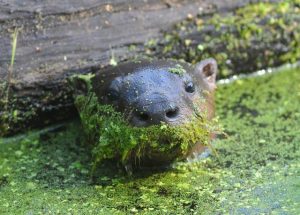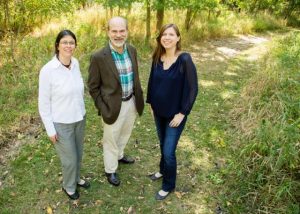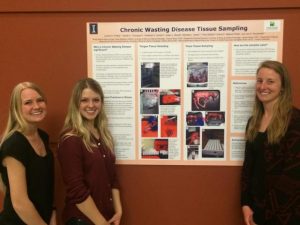
Undergraduates from the Novakofski & Mateus Collaborative Labs present at the annual meeting of the Wildlife Society
Our lab participated in the Annual Meeting of the Illinois Chapter of the Wildlife Society in April. Our undergraduate and technician lab members presented two poster presentations on work that we are currently doing in our lab. Lauren Frisbie, Gretchen Anchor and Noelle Thompson collaborated with senior members of our lab to present “Chronic wasting disease tissue sampling”. Adam Deeke and Megan Britton also collaborated with senior lab members to present “Genetic marker set variation and paternity assignment success in white-tailed deer”. Check out our Presentations page to see the rest of the research that we shared at TWS!


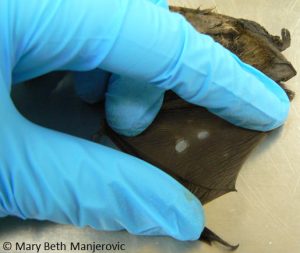
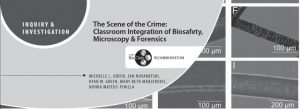
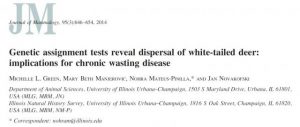
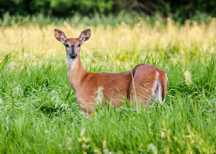
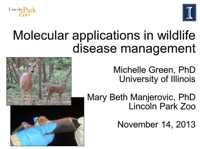 Drs. Green and Manjerovic were invited to Northeastern Illinois University to share their research with the Biology department. The department faculty and students gathered to hear a presentation entitled “Molecular applications in wildlife disease management” that focused on chronic wasting disease research and provided an overview of the various ongoing research projects in the Novakofski & Mateus laboratory.
Drs. Green and Manjerovic were invited to Northeastern Illinois University to share their research with the Biology department. The department faculty and students gathered to hear a presentation entitled “Molecular applications in wildlife disease management” that focused on chronic wasting disease research and provided an overview of the various ongoing research projects in the Novakofski & Mateus laboratory.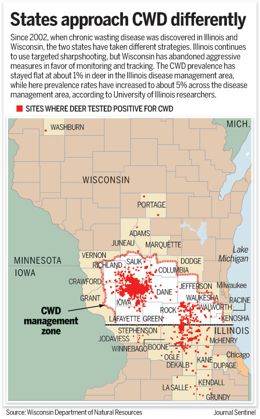 The Milwaukee Wisconsin Journal Sentinel just released an article reporting on research completed at the Novakofski-Mateus lab. The story highlights the differences in chronic wasting disease management strategies used in Wisconsin and Illinois. The research found differences in disease prevalence as a result of the differing strategies. The research was completed by Mary Beth Manjerovic, Michelle Green, Nohra Mateus-Pinilla and Jan Novakofski.
The Milwaukee Wisconsin Journal Sentinel just released an article reporting on research completed at the Novakofski-Mateus lab. The story highlights the differences in chronic wasting disease management strategies used in Wisconsin and Illinois. The research found differences in disease prevalence as a result of the differing strategies. The research was completed by Mary Beth Manjerovic, Michelle Green, Nohra Mateus-Pinilla and Jan Novakofski.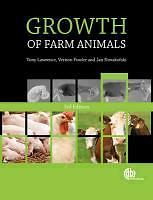 Jan Novakofski co-authored a book entitled Growth of Farm Animals, 3rd Ed. with Tony L. J. Lawrence and Vernon R. Fowler.
Jan Novakofski co-authored a book entitled Growth of Farm Animals, 3rd Ed. with Tony L. J. Lawrence and Vernon R. Fowler.